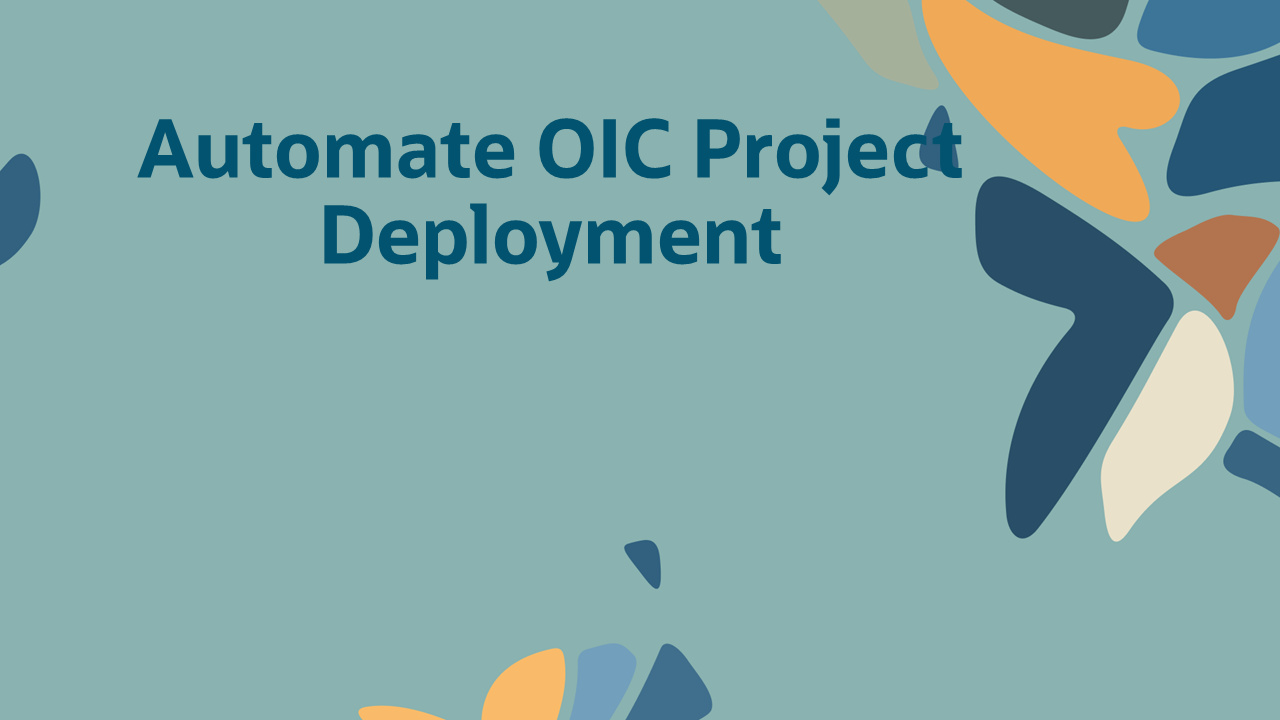
Building on Streamline Your DevOps, I will demonstrate how to automate integration promotion between two Oracle Integration 3 instances using Jenkins as the DevOps tool for automation. Note that you can use any DevOps tools with the Oracle Integration API for this automation.
Prerequisite
- Generate a token for your Oracle Integration 3 environments by following this step-by-step video guide, which explains the process in detail. Be sure to generate tokens for both the source and target environments. To ensure the process works, test it using a tool such as Postman to verify token generation.
- Create a deployment configuration file. You can find a sample deployment file here.
- Develop integrations in a project. Developing integrations is highly recommended in Oracle Integration 3.
Flow Diagram:
Steps to Automate Deployment:
I used the following Oracle Integration API to achieve complete automation.
- Create a deployment using the Create Deployment API. Creating a deployment is a mandatory step for promoting integrations. Using the deployment configuration file, you can specify which integrations need to be promoted. I placed my configuration file in Git.
- Once you create a deployment, you need to export using the Export Project API.
- Import the deployment into the target environment using the Import Project API. This action creates a new project and deployment.
- Use the other API mentioned here to update, delete, or create a new deployment.
- Push the deployed (.car) file to Git with a build number.
Demo:
Let’s see a demo of how to achieve a complete automation.
Before the Jenkins script is executed:
Source Environment without API Deployment.
Target Without Any Project
In the Jenkins pipeline, I used Project Id and Code Repo as parameters. You can introduce more parameters per your requirements, such as source and target Oracle Integration instance names.
Build Successful
Post Build
SaaS Demo Pattern Deployed in the Target Environment
The APIDEPLOYMENT.car File Pushed to Git
Artifacts:
You can find my sample Jenkins File here.
Conclusion/Next Steps:
Now that you understand how to promote the integrations seamlessly into Oracle Integration 3, you can further accomplish various tasks required by enterprises to automate the DevOps cycle using Oracle Integration APIs, Oracle Integration 3 projects, and deployments.






